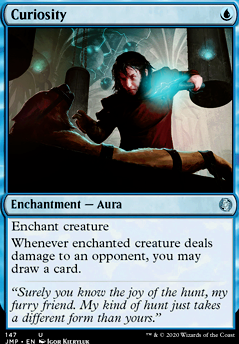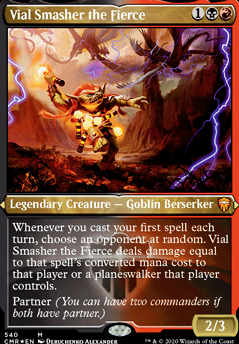No Ad Nauseam or Necropotence
These two cards have a timer on them. They’re more effective the earlier you use them, and as the game goes on, their strength diminishes drastically for two reasons. First, there is a lot of incidental life loss and damage from things like Mana Crypt, Lands, taking Tymna hits, and various other sources. While this is less of an issue in White decks that get access to Angel's Grace, which turns Ad Nauseam into a card that is useful during any stage of the game, we don’t have that luxury, if the game goes longer, it will just continue to get worse and worse as our opponents draw into more ways of dealing with it. Harkening back to our point about strategic objectives in the Strategy section, players tend to understand Ad Nauseam and Necropotence as strategic objectives that will end the game very quickly after being deployed, where the type of strategic objective this deck is looking to utilize is of a more immediate nature.
No Spell Pierce or Mana Leak
These two counterspells are similar to Ad Nauseam and Necropotence in the sense that there is a timer on them. They’re great in the earlier stages of the game when people don’t have enough mana to pay for them, but once we reach the mid game, paying an extra two or three mana is usually not an issue. We already have enough interaction (and two other players at the table) to deal with early game threats, so we can afford to focus on interactive cards that are going to be useful early and late. Expansion/Explosion is an example of such a card. We don’t have to worry about CMC for Ad Nauseam, and the copy effect on Expansion will often function as another counterspell, removal, or even tutor. The back half of Expansion/Explosion can be used as win outlet in niche situations or as a payoff for our mana engines.
Board Wipes and 3-toughness Creatures
The board wipes we focus on in this deck are ones that kill creatures with a toughness of two or less or are otherwise asymmetrical (see Fire Covenant). The reason behind this is quite simple: This kills the Tymna. And the Najeela. And the mana dork. Two is the magic number here, as the deck is built around having creatures with three or more toughness. In effect, this lets us cut our opponents off various ways of grinding into the late game; We cut them off cards by killing creatures like Tymna, Dark Confidant, or Notion Thief, while also cutting dork decks off a significant portion of their mana accelerants. While all of that is happening, our engines get to stay alive. We specifically selected creatures with three or more toughness so they would be able to both profitably block Tymna and stay alive through our Pyroclasm effects. Tymna decks are built on the assumption of being able to use Tymna to maintain a steady flow of cards, so taking away this “free” card advantage engine (i.e. making them expend key resources like tutors to gain access to card advantage) is a big setback for them.
Rakdos Signet
This is one of the few Thrasios + Vial Smasher deck that actively uses Vial Smasher, so having a rock that safely fixes us into Vial Smasher mana from any position has proven to be useful for that purpose. It’s similar to Tymna decks playing Avacyn’s Pilgrim, which will comfortably let them gain access to White mana to cast their Commander.
Exploration
Exploration is usually not ideal in faster decks because they aren’t planning to draw enough lands to keep supporting it over multiple turn cycles. This is not the case here, as this deck’s plan revolves around continuously drawing several cards per turn cycle even into the late game, which allows it to consistently fuel Exploration into the late game. Another side benefit is that once we have our engines in place, Exploration helps us with not having to discard all the extra cards at the end of our turn while also getting us even further ahead on mana.
Why are you not playing more Stax/Hate pieces?
The stax/hate cards we aren’t playing right now all require a significant deckbuilding commitment that we aren’t really willing to make here - think Cursed Totem, Back to Basics, Blood Moon, etc; all of these cards require us to accommodate them in some way. At the same time, we have other ways of putting roadblocks in our opponents’ ways. Rather than proactively dealing with other players’ win conditions, we aim to deal with the things that get them to those win conditions in the first place (and their ways of dealing with our ways of stopping them from getting to those win conditions). Even if we can’t stop them from setting up, we still directly benefit from our opponents trying to do things; on some level, we want them to try to win so we can stop them and benefit from their failed attempts in the process. Just imagine a Gitrog or Shuffle Hulk player trying to go off into our Compost or Runic Armasaur.



